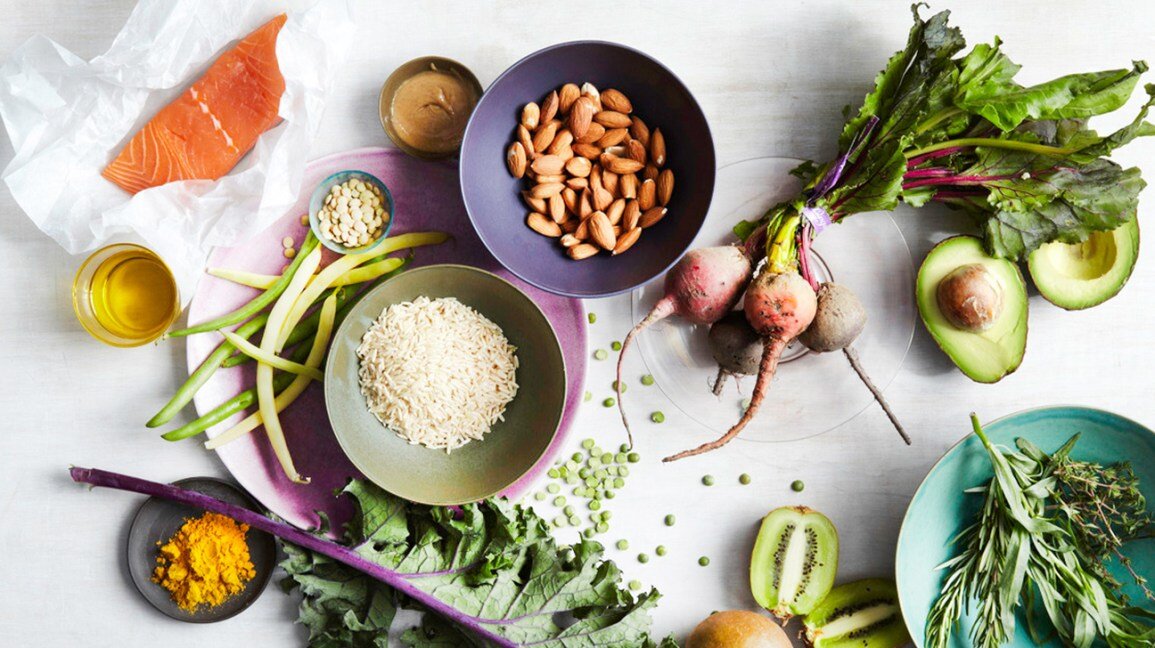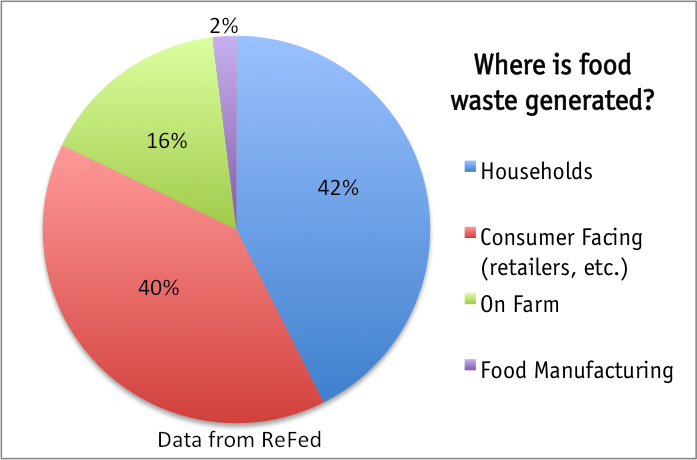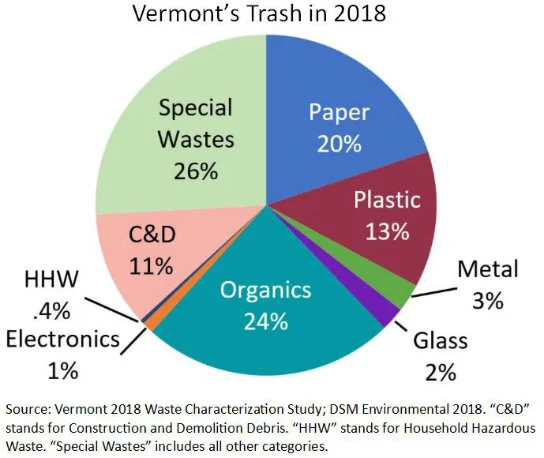
Food Emissions Data
Key Takeaways
Beef is carbon intensive
As seen in the greenhouse emissions chart below, the methane emissions from cows and the land-use leads to very high carbon emissions.
No meat is better than local meat
While it is important to support local businesses, in terms of buying your meat locally, only a very small percentage of green house gases are emitted during transportation. Eating less or no meat has a much bigger impact than buying locally.
1/3 of food produced is wasted
If food waste was a country, it would be the world’s third largest emitter of greenhouse gases behind the US and China.
Cheese is 3rd highest food emitter
While cheese may be a vegetarian food, if you go vegetarian to be more climate conscious, it is important to note that it is the food group with the third highest emissions. This is due to the methane emissions from cows.
While it’s important to support local agriculture, the majority of food emissions come from production rather than transportation. Local beef has a higher carbon footprint than an imported vegetable due to the land use and methane emissions that come from cattle.
While 58% of food waste is generated commercially, there is still a significant amount of food waste that comes from households.
Local Emissions Data
In Vermont, agriculture is the third largest source of greenhouse gas emissions.








